Initially poised to be the ultimate villain in Naruto Shippuden, Madara Uchiha remains one of the most iconic characters. His introduction during the Fourth Great Ninja War was explosive, showcasing him almost single-handedly wiping out entire armies and unveiling a series of never-before-seen abilities. However, as the story progressed, Masashi Kishimoto’s handling of Madara led to a string of issues that affected not only the war arc but the series as a whole.
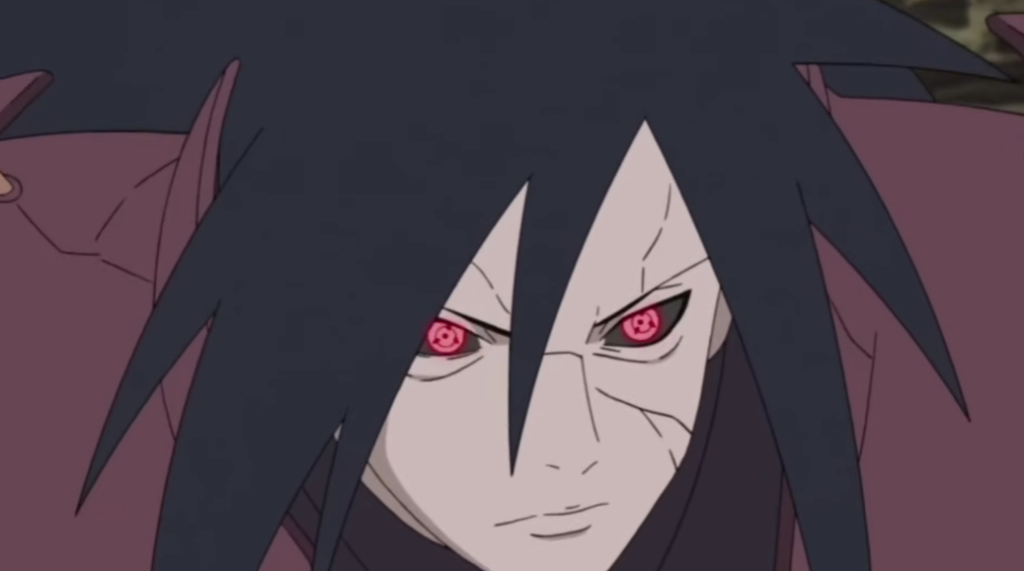 Madara Uchiha during the Fourth Great Ninja War | Credit: Studio Pierrot
Madara Uchiha during the Fourth Great Ninja War | Credit: Studio PierrotThe most obvious issues were the introduction of some of the overpowered jutsu, power scaling, and the inconsistent use of these techniques in the Naruto series. One jutsu in particular stands out in this context: Sage Art Wood Release: True Several Thousand Hands; a devastating technique that lacked long-time narrative purpose.
Sage Art Wood Release: True Several Thousand Hands – A jutsu of unmatched scale
True Several Thousand Hands is one of the most visually stunning and powerful jutsu introduced in Naruto. Demonstrated by Hashirama Senju during his legendary battle against Madara, this technique manifests a colossal wooden statue with thousands of arms, capable of overwhelming even the most formidable foes. This jutsu didn’t only display Hashirama Senju’s overwhelming power but also showcased the sheer amount of power it took to defeat Madara.
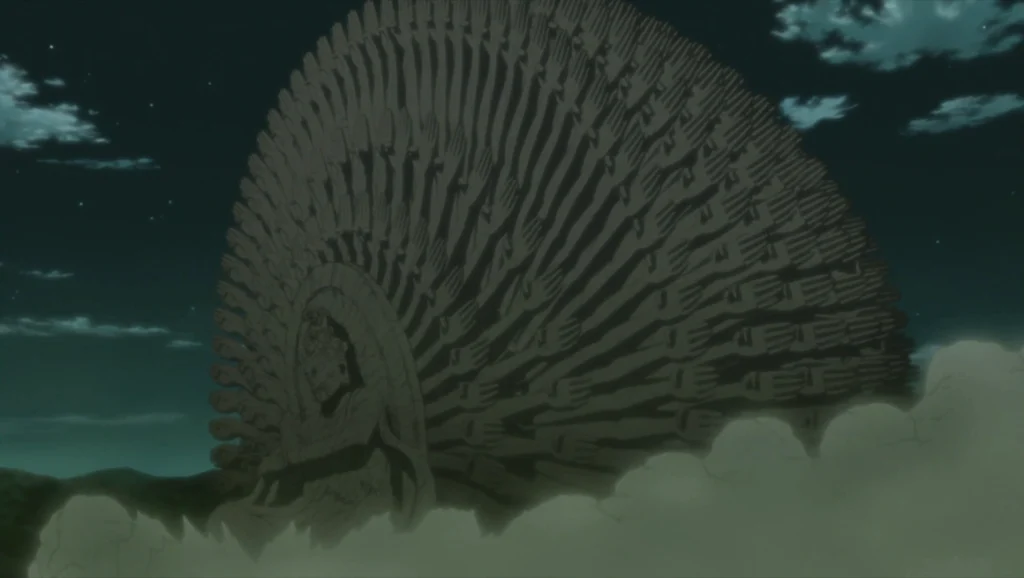 Sage Art Wood Release: True Several Thousand Hands | Credit: Studio Pierrot
Sage Art Wood Release: True Several Thousand Hands | Credit: Studio PierrotHowever, the jutsu’s narrative potential was left untapped. Despite its immense power and the hype surrounding its activation, it was never used again; not even when Madara obtained Hashirama’s cells. This raises critical questions about the role of such techniques in the series and their impact on the story’s consistency in Naruto.
True Several Thousand Hands was so overwhelmingly powerful that its continued use would have disrupted the story’s balance. If Madara had relied on this technique in the Fourth Great Ninja War or Hashirama’s reincarnated version had used this jutsu, there would have been little room for the opponents to mount a believable counterattack. This forced Masashi Kishimoto to sideline the jutsu after its initial showcase.
Moreover, the introduction of Kaguya Otsutsuki and other god-tier characters later in Naruto made earlier jutsu, including True Several Thousand Hands, relatively obsolete. Kishimoto’s focus shifted to abilities like dimensional travel and chakra-based weapons, leaving traditional techniques like Wood Release in the shadows.
The domino effect of abandoned jutsu in Naruto
The mishandling of True Several Thousand Hands is an example of a broader issue in Naruto: the tendency to introduce more and more powerful techniques only to abandon them. This pattern undermines the stakes and consistency of the narrative. Many Jutsu with stupidly overwhelming powers were showcased only to create a shock factor, and the jutsu was never used again.
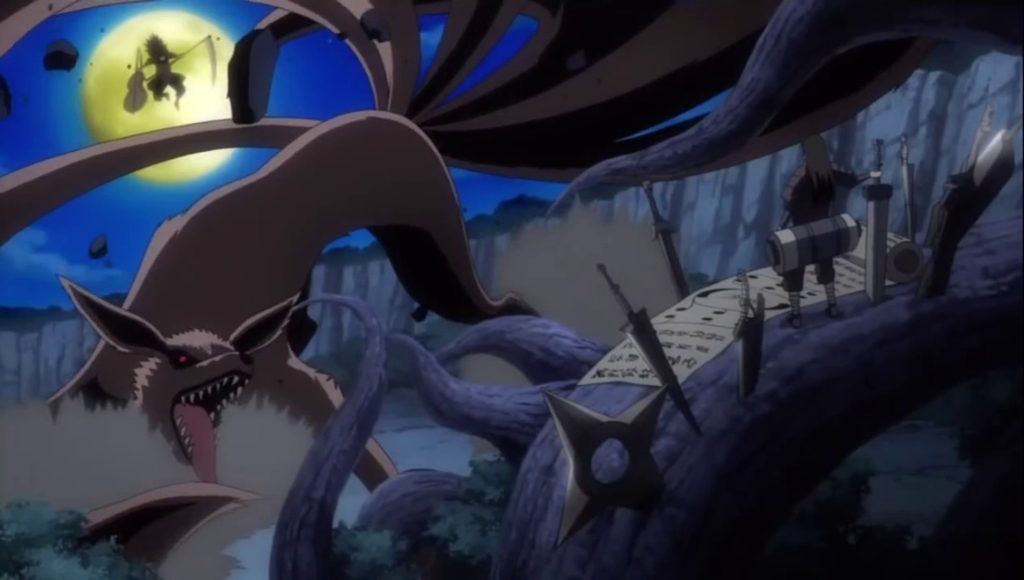 Hashirama vs. Madara | Credit: Studio Pierrot
Hashirama vs. Madara | Credit: Studio PierrotWhile True Several Thousand Hands is a prime example, it’s not the only technique to suffer this fate. Others include: Tengai Shinsei; used by Madara to devastating effect but never repeated, Kirin; a lightning-based jutsu with unparalleled speed, used only once, or Kakashi’s Kamui Shuriken, a game-changing ability that was discarded after a single use.
Each of these techniques had the potential to shape the narrative in Naruto in meaningful ways but was instead relegated to the sidelines. Moreover, after the introduction of Madara, the power scaling started to seem even more absurd. These events reflect the pitfalls of prioritizing spectacle over substance. By introducing such a monumental jutsu and then abandoning it, Naruto missed an opportunity to deepen its narrative and explore the full extent of its world-building.
Naruto is currently available to read and watch on Viz Media and Crunchyroll, respectively.
.png)
 1 week ago
9
1 week ago
9
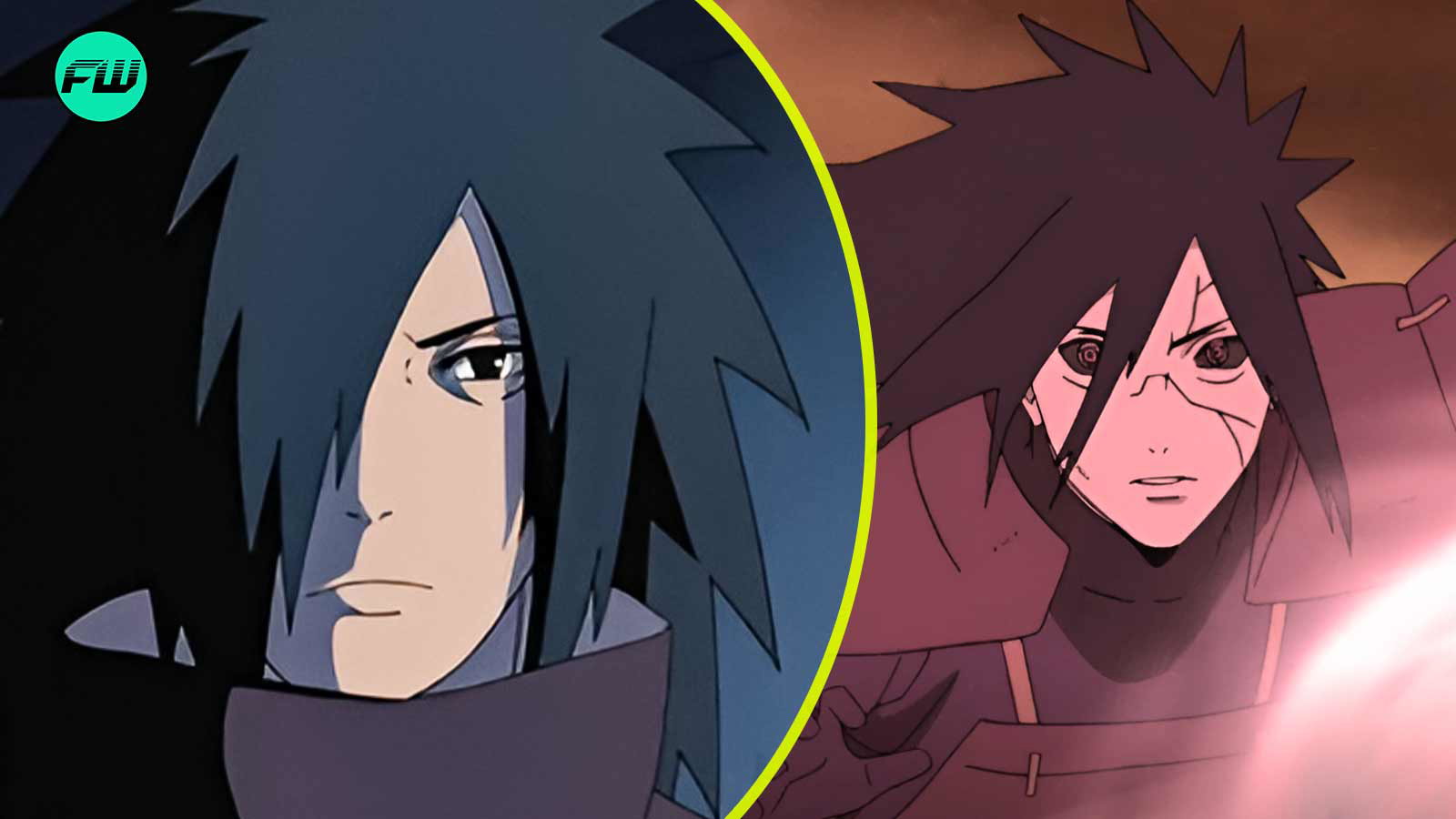



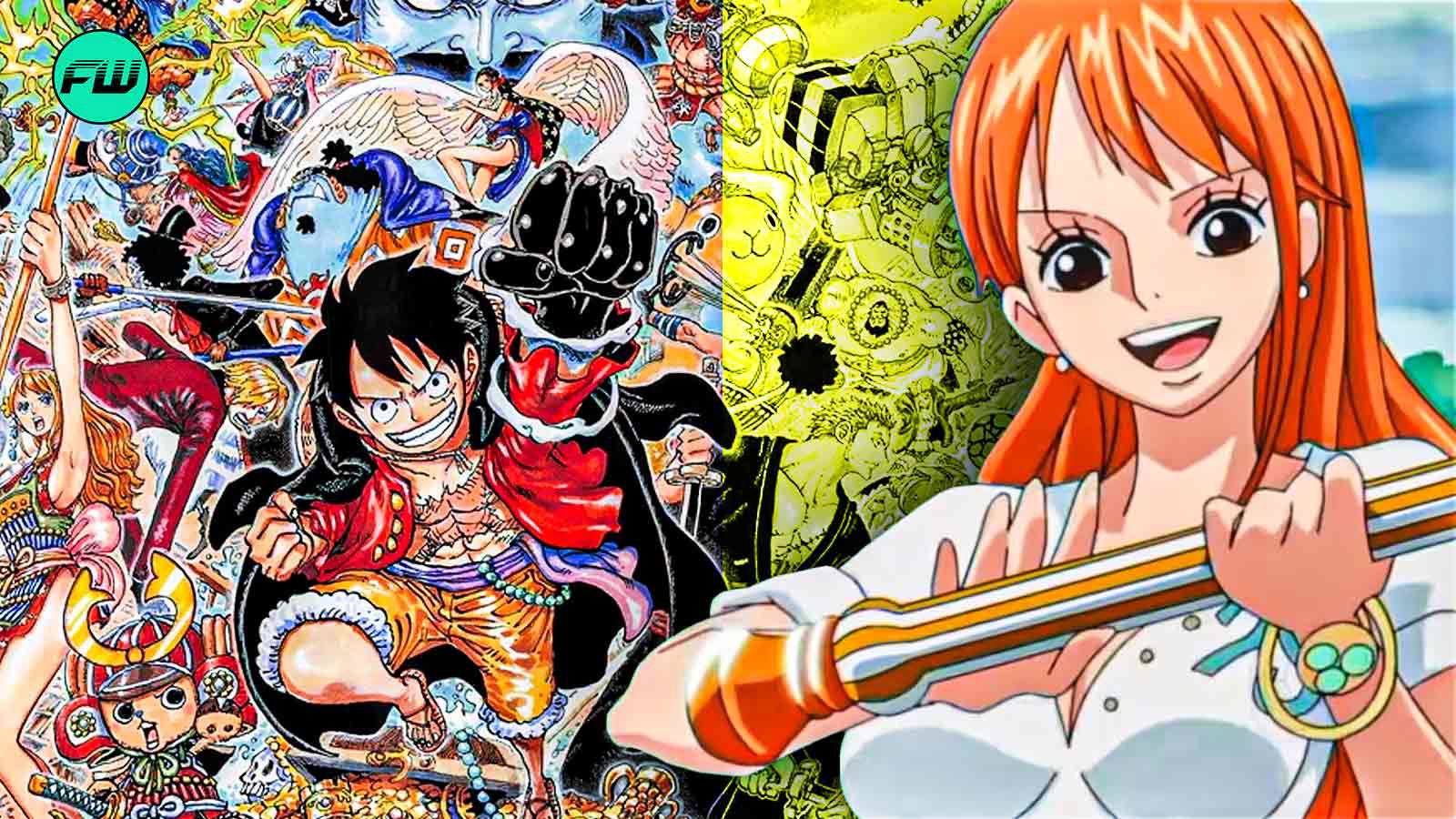
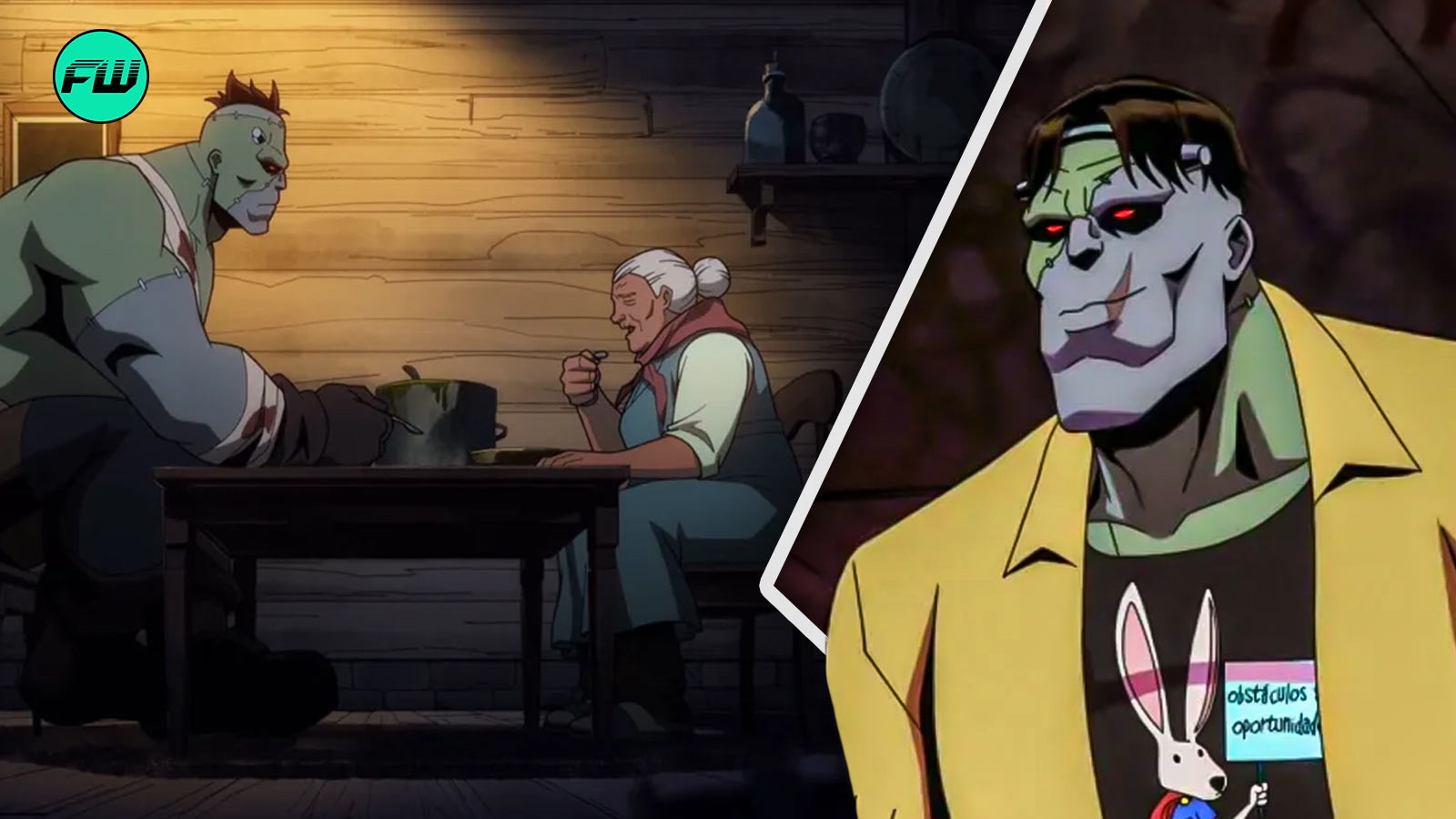






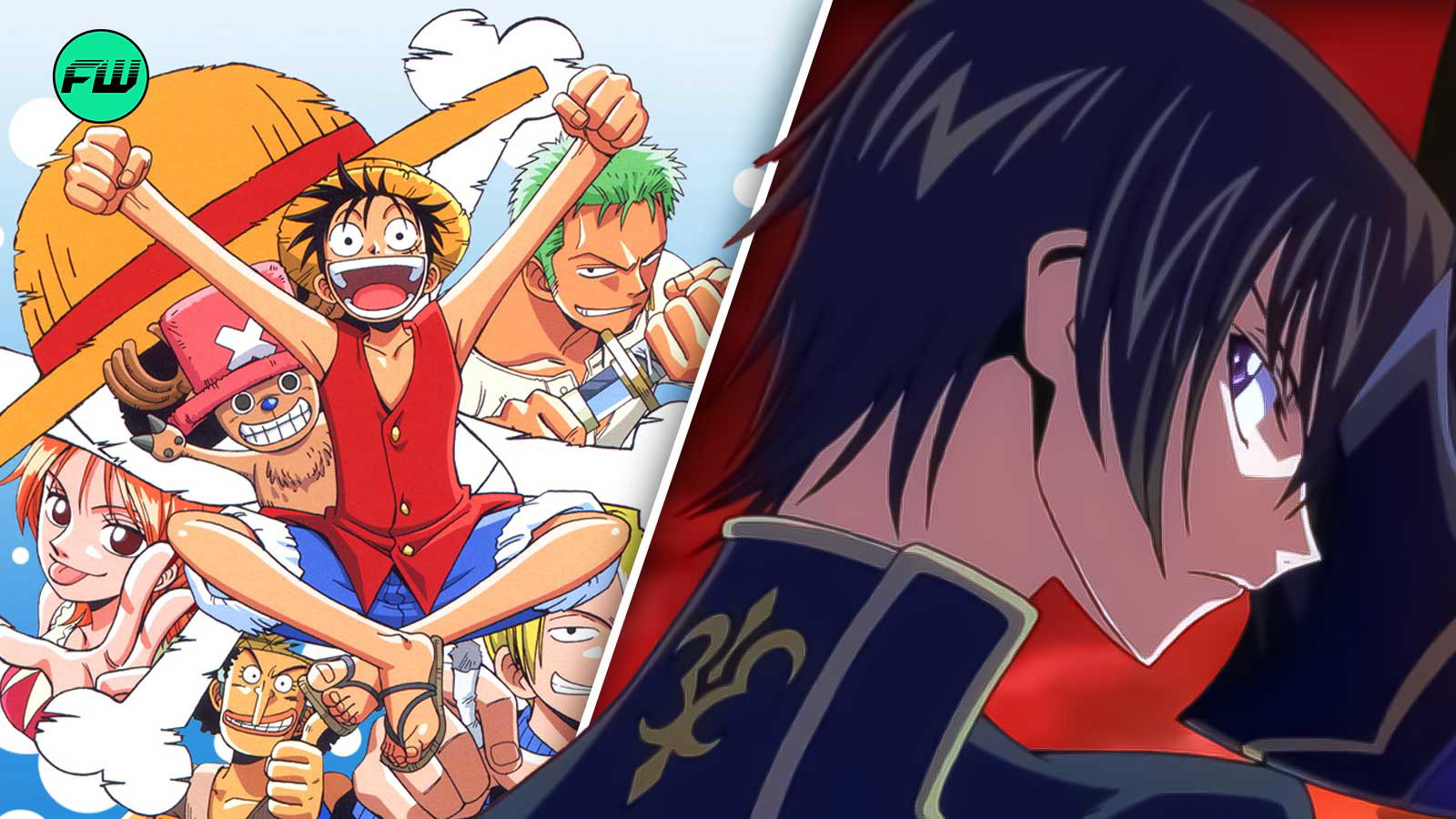























 Bengali (BD) ·
Bengali (BD) ·  English (US) ·
English (US) ·